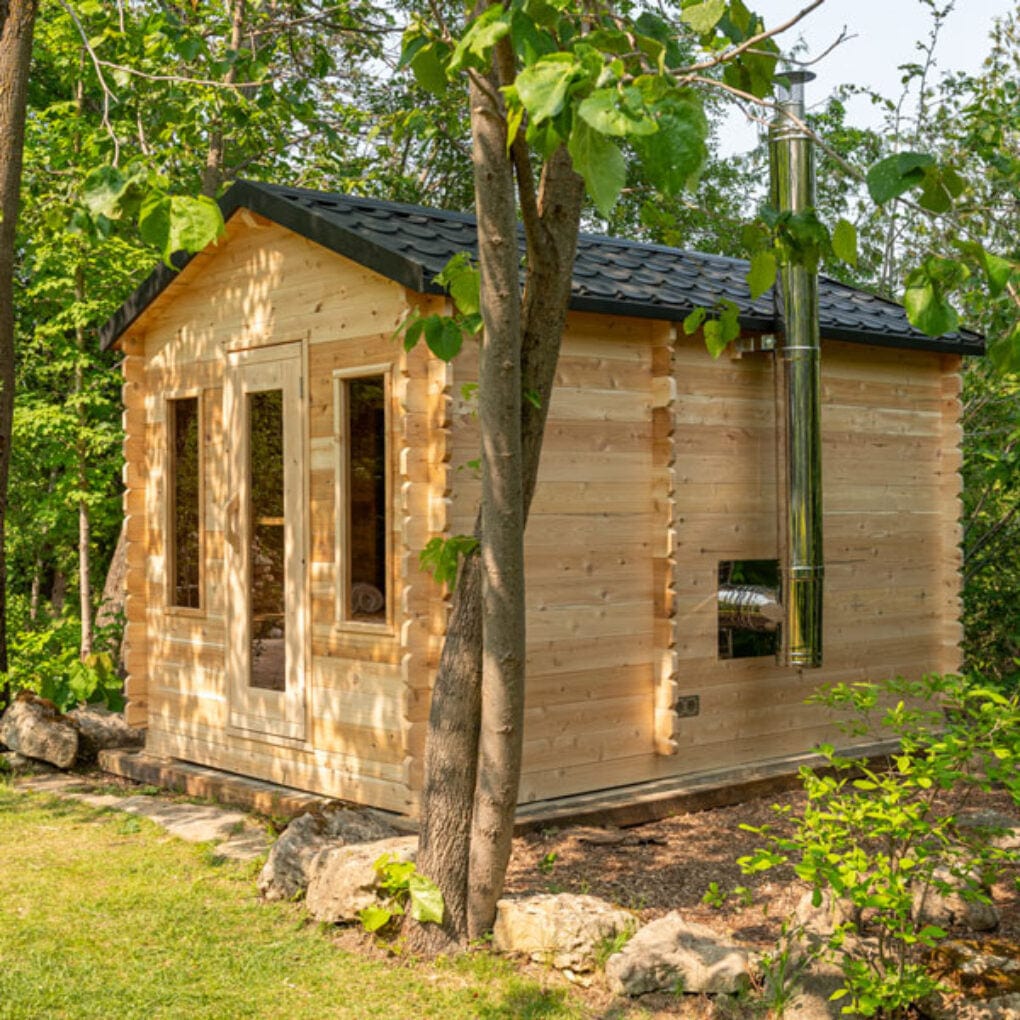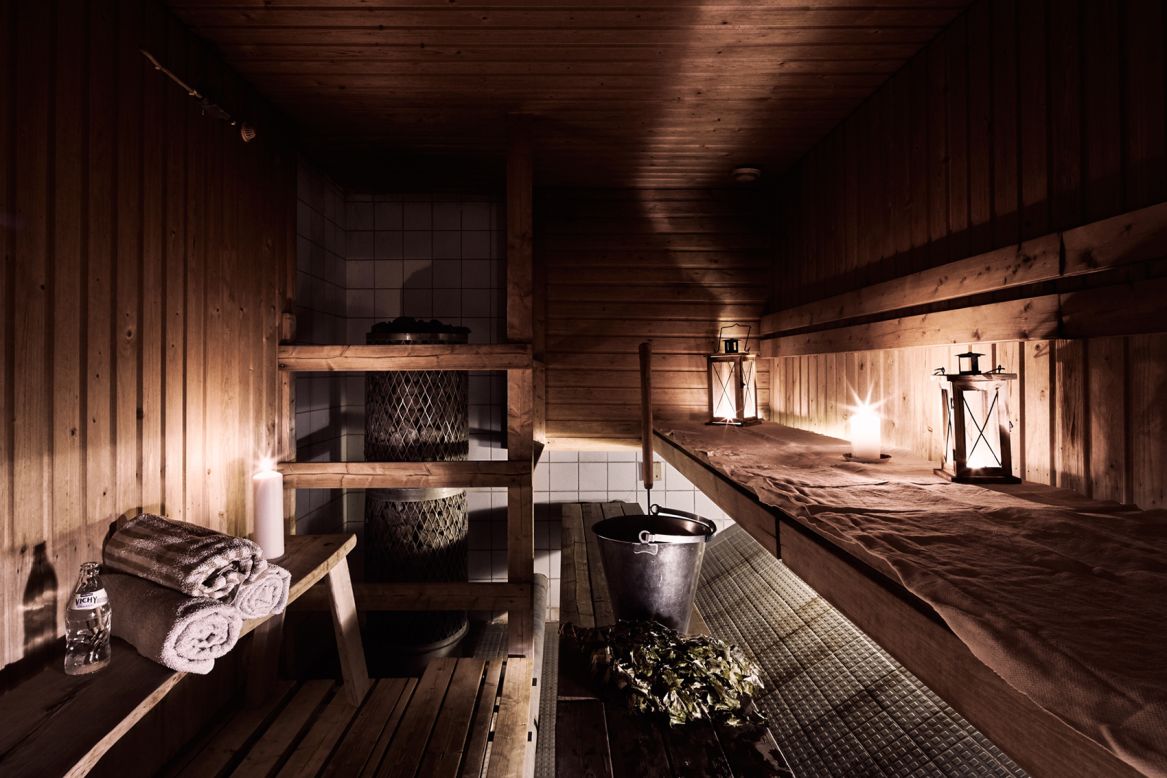The 15-Second Trick For Traditional Sauna
The 15-Second Trick For Traditional Sauna
Blog Article
Fascination About Traditional Sauna
Table of ContentsTop Guidelines Of Traditional SaunaNot known Details About Traditional Sauna Traditional Sauna - An OverviewThe Definitive Guide for Traditional SaunaThe Definitive Guide to Traditional Sauna
Most of the weight lost in a sauna is water loss and is re-gained upon rehydrating. Nonetheless, without an uncertainty sauna can be a vital part of a healthy and balanced weight management program. To take a look at the distinctions in between typical and IR saunas, I will certainly divide these right into proven, academic, and made differences.Therefore, the most popular point in the saunawhich is at the ceiling straight above the sauna heateris usually between 185 and 190 F. Claims that a standard sauna goes beyond 200 F is simply not real and not relevant for electrical saunas offered in the United States. The temperature level for a far-infrared sauna is generally established between 120 and 140 F; nevertheless, unlike the standard sauna, the goal in and IR room is not to attain a heat.

When a conventional sauna has actually been correctly warmed, the sauna walls are cozy, the air temperature level has actually accomplished established temperature and the rocks are extremely heated. As an interesting side note, the warmed walls and the rocks are sending out far-infrared warm, incorporated with the heated air, to develop an "enveloping warmth".
All about Traditional Sauna
When the heat is achieved, the components cycle on and off to preserve the heat. Most standard sauna individuals delight in putting water over the rocks to develop heavy steam to increase sauna humidity degrees. The advantages of putting water over the rocks consist of: making the area more comfortable, moistening the nasal flows, and allowing the use of aromatherapy by mixing necessary oils with the water.

When the energy gets in the body, it creates the body temperature to boost and ultimately causes sweat. In an infrared sauna it is very important for the emitters/heaters to continue to be on virtually frequently. Since there is no mass of rocks to retain heat, the sauna will certainly cool down if the emitters closed off.
How Traditional Sauna can Save You Time, Stress, and Money.
As stated above, the sauna bather in an infrared room desires to position himself in front of running emitters to obtain optimal gain from the heat. The heating time for both areas can be extremely different, relying on how the areas are used. For a traditional sauna, a bather must enable 30-40 minutes for the area to achieve a desired temperature level and to effectively pre-heat visit this website the rocks.

A well constructed sauna will normally achieve a temperature of 150-160 F in concerning 30-40 mins (Traditional Sauna). For hotter temperatures, the space may need to warmth for a longer duration. Once the room attains established temperature, the heating system will cycle on and off, generally running concerning 50% of the time. The insulated wall surfaces and the warmed rocks will certainly maintain the area hot and at stable temperatures.
To some, 15 minutes was "squandered" while the infrared energy heated up the timber panels as opposed to heating up a body, while others locate a pre-heated area to be more comfortable and think a raised beginning temperature level is essential to begin perspiring. The length of recommended use for each space is description around the exact same (10-15 mins per session); nevertheless, due to the reduced air temperatures Visit Website and the capability to feel the impacts of infrared warmth much faster than a conventional sauna, it is not uncommon for an individual to invest a total of 20-30 minutes in an infrared sauna.
The Only Guide for Traditional Sauna

The ordinary cost per kWH of power in the U.S. is approximately $0.11, so a 4.5 kW heating unit will certainly set you back roughly $.50 to compete one hour, if the heater runs constantly for one hour. Typically a sauna heating unit will compete 75% of the first hour and 50% of subsequent hours on considering that the elements cycle once the established temperature is accomplished.
A 2 individual far-infrared room is normally physically smaller than a standard sauna, often about 4' x 4' or smaller. The IR heating unit is typically 1.5-1.7 kW using a 120 volt 15 amp plug-in service. Because the room can be utilized faster than a sauna area, we will assume the area is utilized for to of an hour including heat up time.
Lastly, there is a hardly ever discussed distinction in the social experience between both areas. While our culture has shed several of the social benefit of the standard sauna experience, it can be extremely socially satisfying (Traditional Sauna). From family time in the sauna, to heart-felt conversations with better halves, to sauna partiesthe standard sauna experience can cause intimate interacting socially
Traditional Sauna Things To Know Before You Get This
Many greater end infrared spaces consist of colored light treatment, audio systems and full-glass fronts.
Report this page